Glaucoma is a painful eye condition characterized by elevated pressure inside the eye that often leads to blindness in affected pets. The condition can occur secondary to another eye disorder or be primary, with a spontaneous onset in pets with a genetic predisposition. The primary disease form affects many dog breeds but can impact any pet, including the occasional cat. The Envision More Veterinary Ophthalmology team explains what pet owners should know about this devastating disease.
What is primary glaucoma in pets?
Primary glaucoma is an inherited eye condition characterized by increased intraocular pressure (IOP) that occurs because of inadequate drainage of the eye’s natural fluid. The increased pressure damages the optic nerve, eventually leading to blindness. In addition, high pressures cause pain and discomfort.
Pet breeds commonly affected by primary glaucoma
Primary glaucoma is genetically based and affects certain breeds more frequently than others, including:
- Cocker spaniel
- Basset hound
- Beagle
- Samoyed
- Siberian husky
- Persian cats
While these breeds are particularly vulnerable, glaucoma can affect any pet.
Primary glaucoma signs in pets
Glaucoma signs can be challenging to differentiate from other eye disorders, especially if they come on slowly. The condition almost always starts in one eye and then gradually affects both eyes. Recognizing early primary glaucoma signs is crucial for preserving vision as long as possible. Blindness in one eye is sometimes the first sign of a problem, but other signs include:
- Pain — Dogs may show vague discomfort signs, such as holding their heads differently, eating less, or acting lethargic.
- Redness — The eye whites may become red.
- Cloudiness — A bluish or cloudy appearance of the cornea often develops from edema.
- Pupil dilation — The pupil in the affected eye may become larger or unresponsive to light.
- Eye enlargement — Increased pressure can cause the eye to enlarge.
Treating primary glaucoma in pets
Prompt treatment is essential within 24 to 48 hours of onset, because the high pressures can lead to irreversible damage and blindness in only a few hours. We recommend an immediate consultation with our veterinary ophthalmologist team to ensure the condition is managed effectively. Initial treatment involves medications or procedures to reduce intraocular pressure.
Once pressure is controlled, regular long-term medications are required—skipping doses can lead to sudden or progressive vision loss. If medication becomes ineffective, specialized surgery may be necessary to relieve pressure and prevent further damage.
Primary glaucoma prognosis in pets
Unfortunately, many pets with primary glaucoma eventually lose vision, because the disease is always progressive. Treatment goals are to delay vision loss as long as possible, which may be a few months or several years, and to eliminate discomfort. Pets who permanently lose vision can receive comfort from eye removal. Frequent eye pressure monitoring and lifelong management are typically required.
Helping blind pets cope
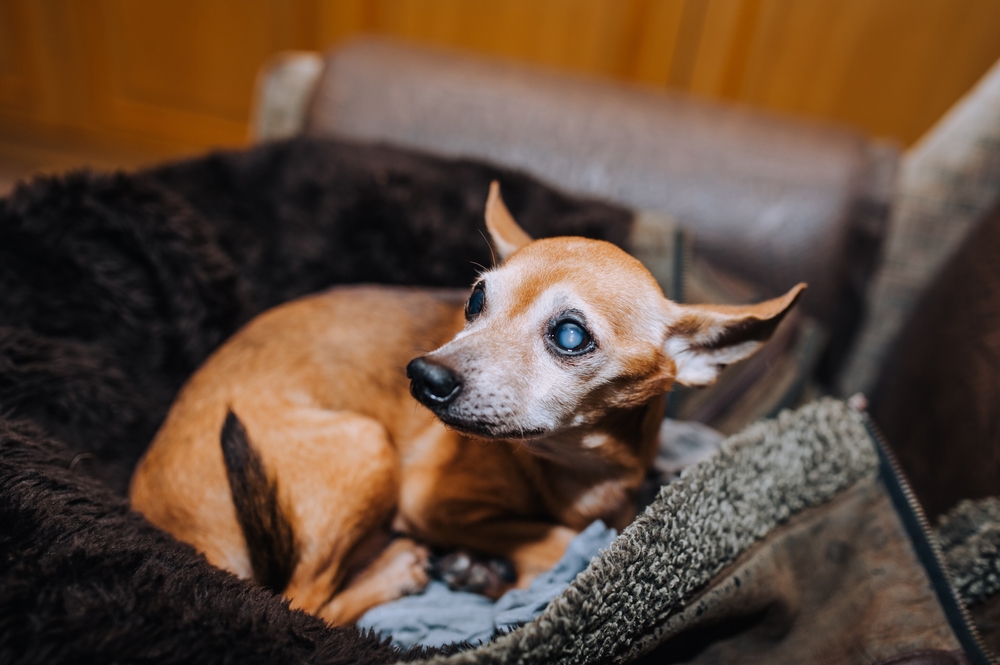
Adjusting to a pet’s blindness can be initially challenging, but vision-impaired pets can lead happy and fulfilling lives. Tips for helping blind pets navigate include:
- Consistency — Keep furniture, food, water, and other belongings in the same locations.
- Training — Teach pets verbal cues and commands, such as “Step up” or “Stop,” to alert them to obstacles or dangers.
- Safety — Block off stairs and other dangerous areas to prevent accidents.
- Enrichment — Try toys that make noise or are laced with specific scents, which are easier to find.
- Independence — Avoid picking up small pets and carrying them around, which can slow their acclimation. If you must pick them up, put them down in the same place.
Primary glaucoma requires immediate attention and treatment to prevent or slow long-term damage and blindness. Early diagnosis and treatment by our Envision More Veterinary Ophthalmology team are critical for managing this serious condition. Contact us for additional information, or to schedule an initial visit and consultation for your pet.

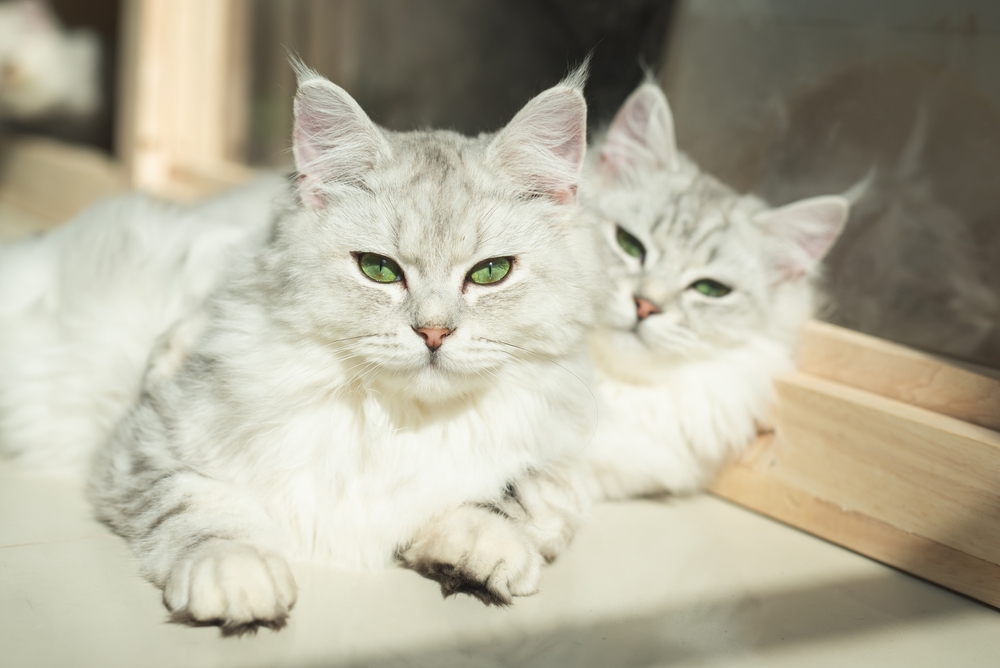
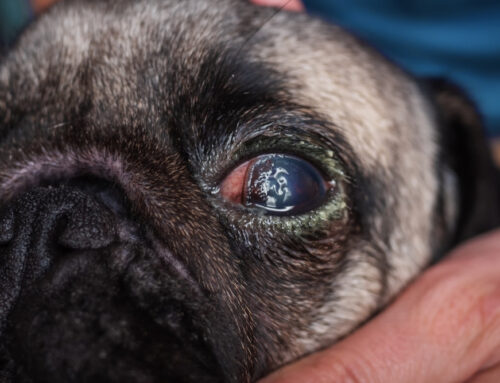
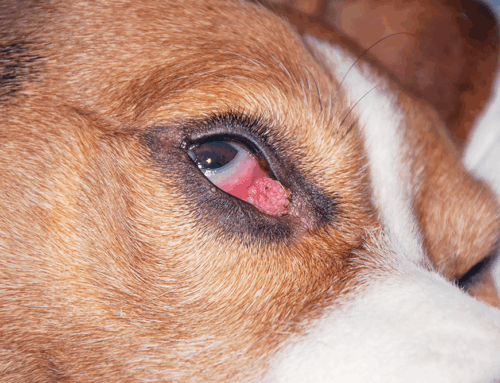
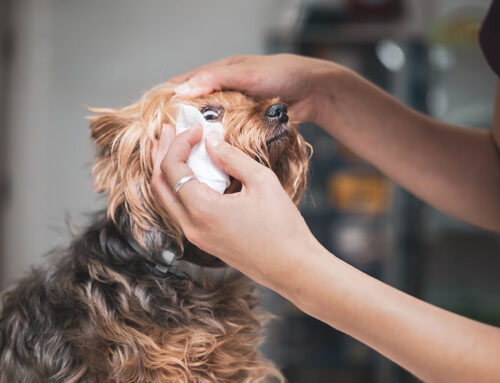
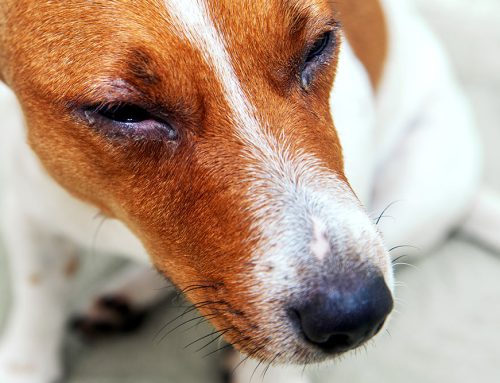

Leave A Comment